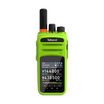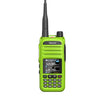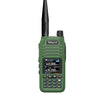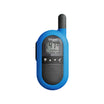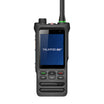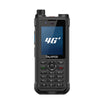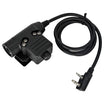In the dynamic realm of fleet management and operations, maintaining real-time visibility on vehicles is not just a necessity but a game changer. This is where Automatic Vehicle Location (AVL) technology becomes pivotal, particularly when integrated with two-way radio systems, revolutionizing how fleets are monitored and managed.
AVL is a means of using GPS technology to remotely track and manage the location of vehicles in real-time. This powerful tool has found its niche within the two-way radio communication systems used by logistics, public safety, and service-oriented sectors, among others. The integration of AVL with two-way radios transforms traditional communication devices into comprehensive tracking systems, providing a multifaceted approach to fleet management.
The fusion of AVL with two-way radio systems allows for seamless communication and location tracking, all from a single device. This integration is particularly beneficial for industries that rely heavily on mobile assets and field personnel. For example, in the world of emergency services, AVL enables dispatchers to view the exact location of each vehicle on a map. This immediate access to location data can drastically improve response times by allowing dispatchers to send the nearest available unit to the scene of an incident.
In the logistics and transportation sector, AVL integrated with two-way radios offers enhanced operational efficiency. Managers can monitor routes, evaluate performance, and ensure timely deliveries by having real-time access to vehicle locations. This level of oversight can lead to significant improvements in scheduling, route planning, and overall fleet utilization, reducing idle times and optimizing fuel consumption.
Moreover, the integration of AVL technology in two-way radio systems enhances safety and accountability. For instance, in case of an emergency or unexpected situation, the exact location of the vehicle can be pinpointed instantly, allowing for swift action. Additionally, historical data collected from AVL can assist in auditing, compliance, and investigating incidents or disputes.
Beyond real-time tracking, AVL can provide critical data analytics and reporting. Fleet managers can utilize this data to make informed decisions, enhance driver safety, and optimize maintenance schedules. The integration of AVL with two-way radios ensures that this valuable data is communicated effectively and acted upon promptly.
In conclusion, the integration of Automatic Vehicle Location with two-way radio systems represents a significant advancement in fleet management technology. It empowers businesses and public services with the tools necessary for real-time monitoring, enhanced communication, and strategic decision-making. By leveraging AVL, organizations can achieve greater operational efficiency, improved safety protocols, and superior service delivery, ultimately driving success in today's fast-paced world.





